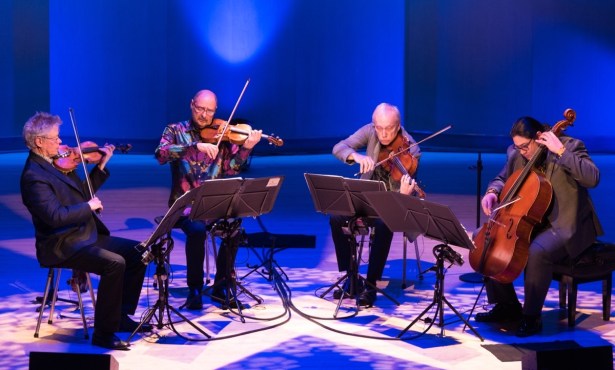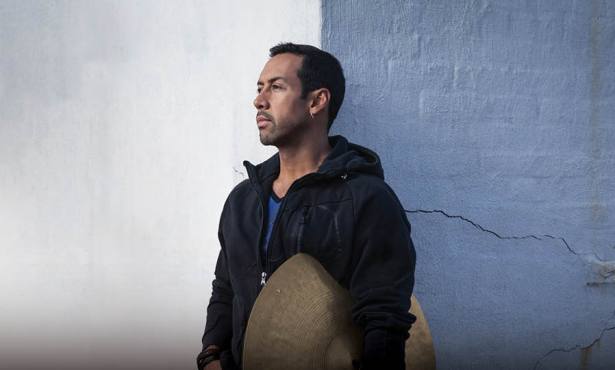Age of Innocence
Henry Chapman Ford, Painter of Early California: A Selection from the Permanent Collection. At the Santa Barbara Historical Museum. Shows through spring 2007.
 Many of us go through phases of being just a little bit overwhelmed by everything that has happened since, say, the start of the 20th century. Until now, our best refuge during such times has been BBC-style adaptations of Edith Wharton novels. This spring, if you need a hit of pre-WWI and you’d like it in three dimensions, the Historical Museum’s exhibition of Henry Chapman Ford’s works is the place for you.
Many of us go through phases of being just a little bit overwhelmed by everything that has happened since, say, the start of the 20th century. Until now, our best refuge during such times has been BBC-style adaptations of Edith Wharton novels. This spring, if you need a hit of pre-WWI and you’d like it in three dimensions, the Historical Museum’s exhibition of Henry Chapman Ford’s works is the place for you.
Ford (1828-1894) is the first artist of any significance to have lived and worked in Santa Barbara, and the Historical Museum has provided an intensely flattering setting for his Barbizon-inspired landscapes. The walls are a deep burgundy; the room is dim, with dramatic spotlights on the works; the frames are ornate gilt; and there are even potted plants for atmosphere. If you are lucky, one of the docents will shadow you disapprovingly during your visit-a Whartonian touch of which the writer would have been proud.
For those of us firmly rooted in the early 21st century, what is most notable-and most perplexing-about Ford’s works is they represent nearby scenes as if there were no such thing as California, and certainly no such thing as an aesthetic for representing its natural environment. This is particularly true of his large, ambitious works in oil. Of course, there wasn’t any such aesthetic for Ford, an East Coast artist who studied in Paris and Florence and founded the Academy of Design in Chicago before moving to Santa Barbara in his later life. His paintings titled “Winchester Canyon” or “Mission Creek” are indistinguishable from those of more abstract locations, such as “Coastal Canyon Landscape” or “Untitled.” Indeed, any of these could have been labeled “Vermont Woods” or “Fontainebleau Forest,” for that matter, without straining anyone’s credulity. If you look carefully, you might recognize local sycamores, but what are meant to represent California’s coast live oaks look a lot more like their deciduous cousins.
Being confronted with this absence of a native California landscape aesthetic helps us see our modern tastes for what they are: simply another aesthetic. Far more suited to the average viewer’s palette will be Ford’s less ambitious works: his small oil, “Rear View of the Mission, Santa Barbara,” or his watercolors with their lower-key hues and less florid rhetoric. His etchings, too, are more instinctive, departing from the era’s trademark landscape vogue, and all the more charming for it. The highlight of the show is undoubtedly the panoramic watercolor “West Beach,” which gives a sense of both the beauty of the untouched 19th-century scenery and of the freshness of eye the impressionists would usher in.



